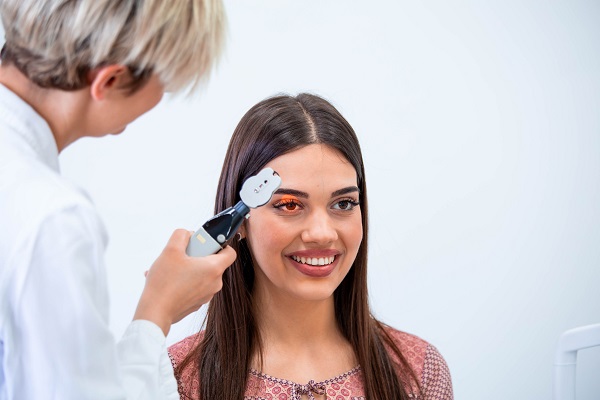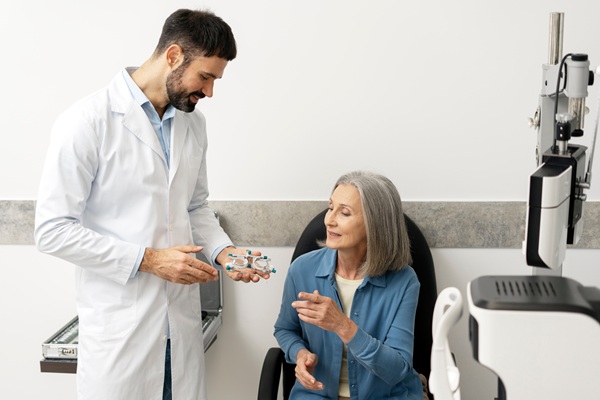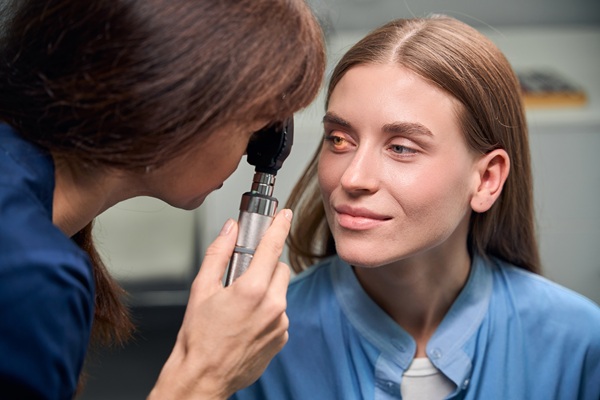When an Optometrist May Recommend Retinal Photography

Retinal photography helps an eye care provider assess the patient’s eye health. A high-resolution camera will capture an image of the back of your eye. The procedure can help the eye doctor see any brewing health issue. If you want to know when your optometrist may suggest retinal photography, here are the details.
For the diagnosis of diabetic eye disease
Diabetes is a condition in which the body has difficulty manufacturing and using insulin. This leads to high levels of glucose in the blood. Complications tend to rise, and one of them is diabetic retinopathy. This is a common eye disease among diabetics. This happens when the small blood vessels in the eyes inflame and then rupture. The eyes will not have enough oxygenated blood to keep parts functioning.
The retina will die off if the eyes do not get treatment. This will result in blindness. Retinal photography can help detect early signs of diabetic retinopathy. From here, the patient can work with the doctor to keep vision loss at bay.
For the detection and management of glaucoma
Glaucoma is a silent eye condition. It remains unknown while it progresses. Symptoms or signs will not be present. Patients only see something wrong when it is too late.
The first thing eye doctors check for in glaucoma patients is intraocular pressure. Fluid builds up in the eyes, bringing pressure to the optic nerves. This leads to vision loss. Using visual field testing and retinal photography can detect the earliest possible signs of glaucoma. Any damage will be irreversible. Even so, proper management of the condition will be possible.
For the detection and delay of AMD (age-related macular degeneration)
Aging often triggers the onset of AMD. This eye condition happens when the retina’s center deteriorates. AMD often causes blindness if unmanaged. Retinal photography and optical coherence tomography can detect the early signs of AMD. The images will point out where the fluids gather in the retina. They will also show the collection of drusen, which indicates abnormalities.
During the process
The eye care provider will dilate the pupils with eye drops. It will take a few minutes to let the drops work. Then, the machine will scan the eyes with a laser. The images of the retina will upload to the computer for the eye doctor to check. The whole process will take about five minutes or so.
There are cases when the eye care provider suspects macular degeneration. The eye doctor will then inject a dye through an intravenous line. This will highlight the blood vessels. The process takes about half an hour.
After the process
The patient will have blurry vision for about four hours. Wearing dark sunglasses after the test will protect the light-sensitive eyes. Some patients could drive home. Getting a friend or family member to drive the patient home is preferable.
Retinal photography is essential in detecting and managing serious eye ailments
Eye health is important. Treating and managing serious eye diseases is possible with effective procedures like retinal photography. With it, eye doctors can provide better care. It can even help prevent early vision loss. An appointment with your eye doctor will get you started on your eye treatment and symptom management.
Get more information about Texas Optical in Dallas at https://www.texasoptical.net.
Check out what others are saying about our services on Yelp: Retinal Photography in Dallas, TX.
Recent Posts
Red, itchy eyes can affect your everyday comfort and reduce overall well-being. It is important to seek effective vision care from the first sign of irritation. Proper attention to symptoms, underlying causes, and healthy habits ensures stronger long-term eye health and greater day-to-day clarity. Redness and itchiness often stem from several common triggers. These include: Allergic…
New spots or shadows drifting across vision can be unsettling, and sudden changes sometimes require emergency eye care to protect long-term sight. Many floaters are harmless, but others signal serious problems with the retina or internal eye structures. Understanding when floaters are normal and when they point to a true eye emergency helps patients act…
Glaucoma treatment plays a vital role in preserving vision and protecting the optic nerve from further damage. Many patients rely on daily eye drops to manage intraocular pressure, but these medications can sometimes come with side effects. Understanding how to recognize, minimize, and communicate about these effects supports long-term success and comfort with treatment. While…
Progressive lenses offer clear vision at near, arm's length, and far distances without the visible lines found in bifocals. They provide a smooth change in power from top to bottom, which means the eyes can focus comfortably throughout the day. With the right fit and guidance from an optometrist, progressive lenses help reduce eye strain…


